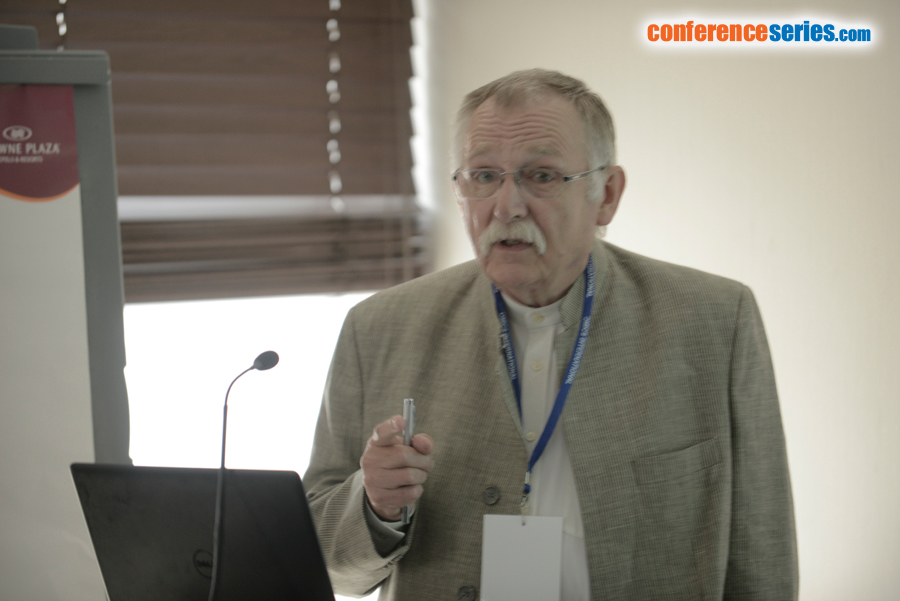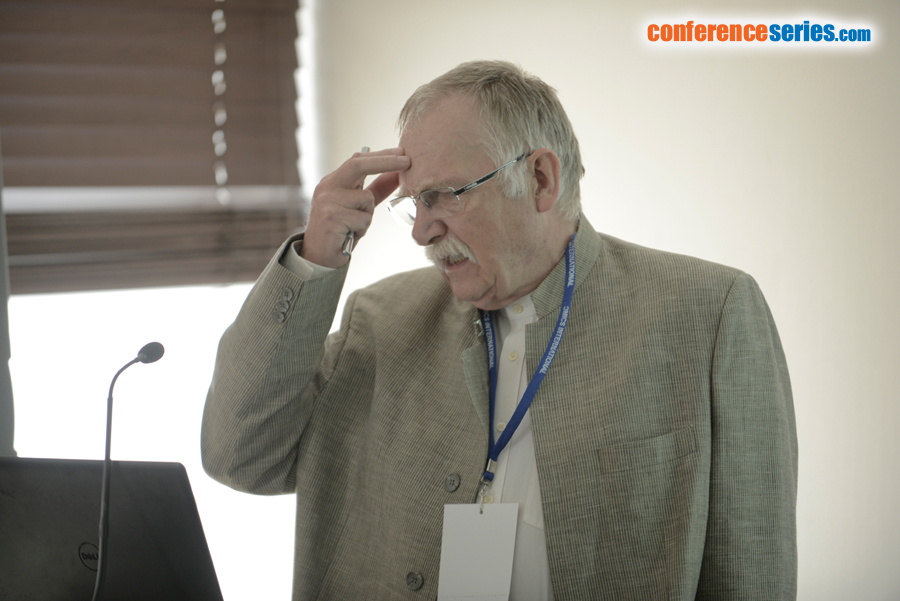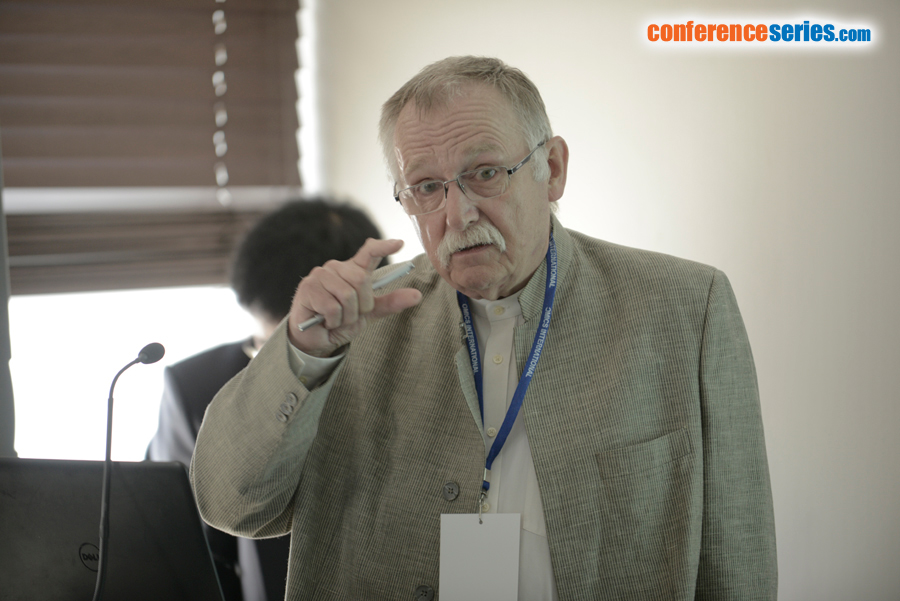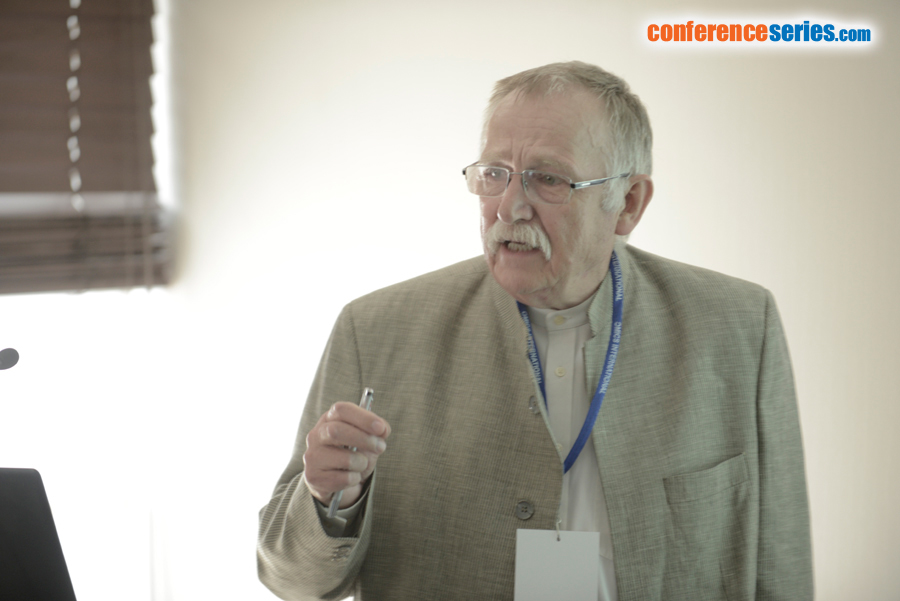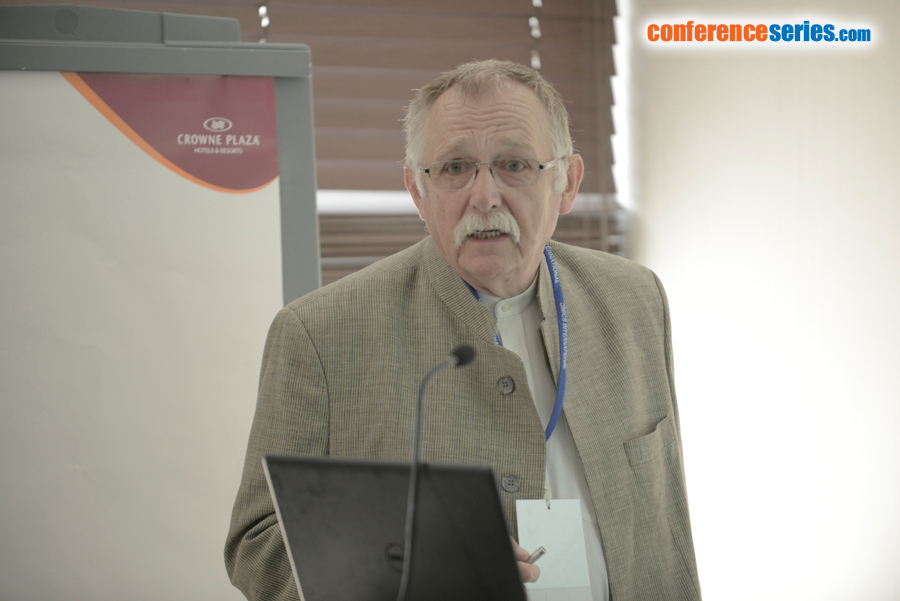
Jerzy Radecki
Polish Academy of Science
Poland
Title: Electrochemical detection of Avian Influenza Virus genotype using ssDNA probe modified gold electrodes
Biography
Biography: Jerzy Radecki
Abstract
Avian Influenza type H5N1 virus is not only extremely lethal to domestic fowl, but also constitute a threat to humans including mammals and can cause death. Therefore, the methods suitable for early and fast detection of the highly pathogenic forms of virus are much needed. The detection and analysis of specific DNA sequences become an important approach in molecular diagnosis. Here we report on electrochemical genosensors devoted for detection of virus H5N1 gene sequence. In this case the sensors based on ion-channel mechanism, ss-DNA probes conjugated with amino group were attached on the gold electrode via amide bond derived from thioacid. The signals generated as a result of hybridization were registered with Osteryoung square wave voltammetry and electrochemical impedance spectroscopy in the presence of [Fe(CN)6]3-/4- as a redox marker. To face the need of systems for simultaneous determination of few markers of one disease coming from medical diagnosis, we have developed a novel dual DNA electrochemical sensor with “signal-off“ and “signal-on“ architecture for simultaneous detection of two different sequences of DNA derived from H5N1 by means of one electrode. Two sequences of ssDNA characteristic for hemagglutinin decorated with ferrocene and characteristic for neuraminidase decorated with methylene blue were immobilized covalently together on the surface of 1 gold electrode. The detection limit in the fM range has been achieved with genosensors incorporated with ssDNA decorated with Co(II)-porphyrin, as well as with 3-iron bis (dicarbollide). The strategy based on dipyrromenthene Cu(II) redox active monolayer or phenanthroline – Epoxy - Fe(III) complexes have been also applied for the development of genosensors destined for detection of influenza viruses.


